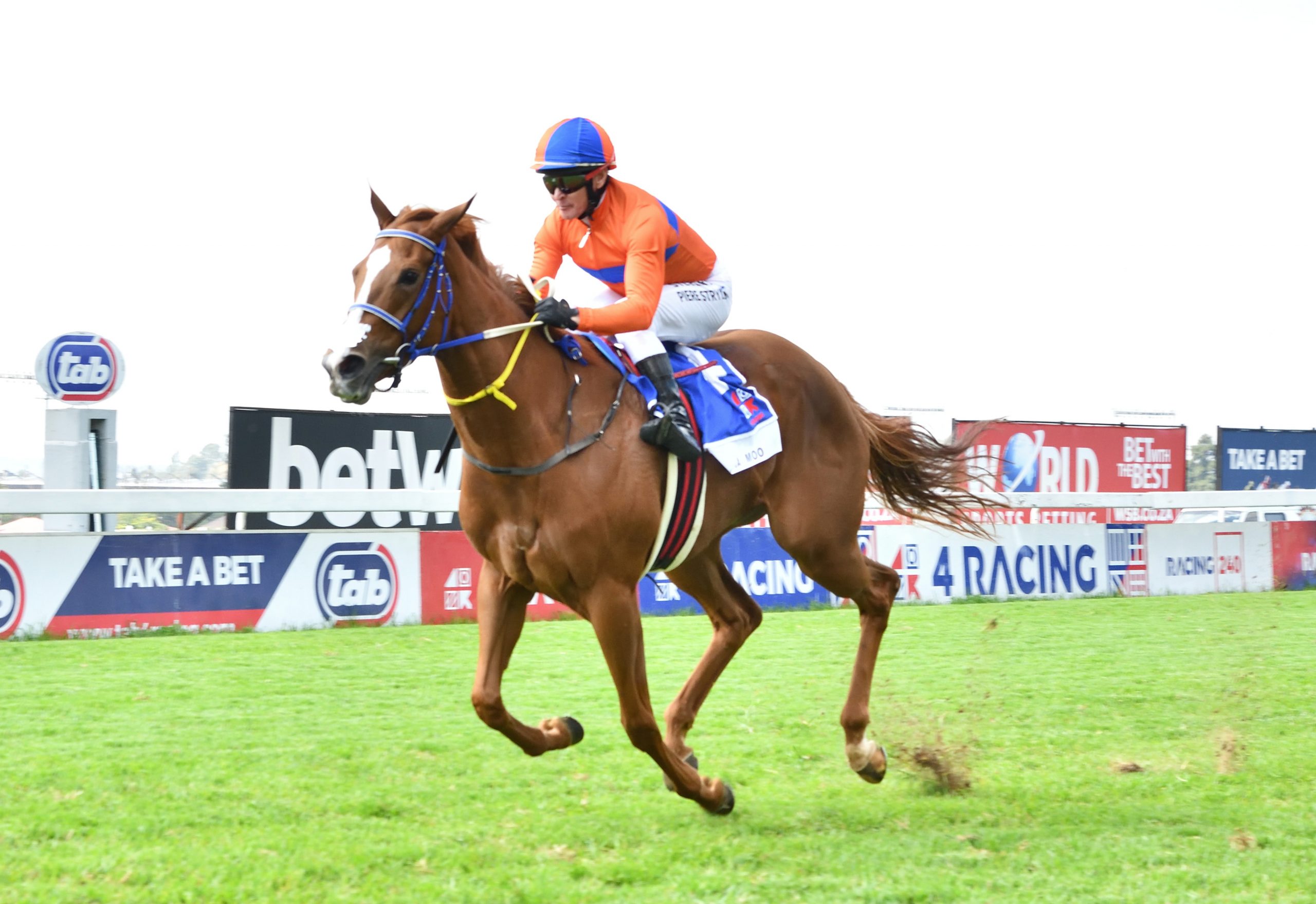Northern Dancer loomed very large over Saturday’s English Derby at Epsom. The winner, Montjeu’s son Pour Moi, is a great-grandson of Northern Dancer descending in male line from the great stallion’s most successful son to spend his entire stud career outside of Kentucky: Sadler’s Wells.
Moreover, Pour Moi also comes in the female line from Northern Dancer’s very high-class daughter Royal Statute, who has become one of the most important producers in the breed for classic quality. In terms of classic bloodlines, Pour Moi’s first three dams are Gwynn (by French Derby winner Darshaan), Victoress (by Belmont Stakes winner Conquistador Cielo), and Royal Statute (by Kentucky Derby and Preakness winner Northern Dancer).
Those are serious classic credentials, and in addition to important classic winners and sires in the female line, this is the family of such classic stars as Bosra Sham, Hector Protector, and Lammtarra Statistics about the male line of the English Derby winner grab headlines, and well they might. Northern Dancer sired three Derby winners at Epsom (Nijinsky, The Minstrel, and Secreto). That is the contemporary record for winners of the English Derby, which Northern Dancer shares with his son Nijinsky (Golden Fleece, Shahrastani, and Lammtarra) and now Montjeu (Authorized and Motivator, added now to Pour Moi).
That statistic is very interesting for a couple of reasons. For one thing, Montjeu’s all-conquering sire Sadler’s Wells is not on the list with three winners or more. Although a handy horse with speed, Sadler’s Wells got a lot of rangy and rather lanky types who, year after year, found one horse or two just a bit too good for them at Epsom.
In fact, for many years, it appeared that Sadler’s Wells might never break the apparent jinx that Epsom’s turns and gradients exercised over his offspring, and the great stallion left it late in his career before getting his first English Derby winner. That longed-for winner was nothing less than Galileo in 2001, when Sadler’s Wells was 20. Then High Chaparral came along the next year to make siring back-to-back Derby winners seem rather easy.
It had not been, and getting the winner at Epsom is never easy.
Prior to Galileo, numerous sons of Sadler’s Wells had gone into the big event with very good credentials and form, yet had finished no better than second or third. It was widely being said that Sadler’s Wells “gets a lot of really good horses but doesn’t get the real killer who can win at Epsom.”
And it is noteworthy that Montjeu, two years before Galileo, was sent to race for the Derbys at Chantilly and the Curragh (winning both) but not to Epsom.
The late 1990s also were the period when many breeders in Europe were criticizing Sadler’s Wells as a sire of stallions, and that is the second point of interest about the list of contemporary sires of English Derby winners. The great sire’s sons to that time had not become anything like as successful as their sire at stud.
And when breeders begin to get cold feet about a sire’s capacity for siring the supreme champions and about getting the next generation’s breeding stock, it is bad news. Because those breeders will also take their premium mares elsewhere.
But then Montjeu, Galileo, and High Chaparral began to erase those niggling doubts. And now Montjeu and his fellow star at Coolmore, Galileo, are firmly entrenched as the two best classic stallions in Europe. This year, the first two home in the English Derby were Pour Moi and Treasure Beach (by Galileo).
For these and numerous other successes, Sadler’s Wells is lauded as one of the pre-eminent sires of stallions on both sides of the Atlantic, with El Prado and his sons Medaglia d’Oro and Kitten’s Joy doing good work here in the States.
How things can change in the span of a decade.
Frank Mitchell is author of Racehorse Breeding Theories, as well as the book Great Breeders and Their Methods: The Hancocks. In addition to writing the column “Sires and Dams” in Daily Racing Form for nearly 15 years, he has contributed articles to Thoroughbred Daily News, Thoroughbred Times,Thoroughbred Record, International Thoroughbred, and other major publications. In addition, Frank is a private consultant to breeders on pedigrees, matings, and conformation. He is a hands-on caretaker of his ownbroodmares and foals in central Kentucky. Check out Frank’s lively Bloodstock in the Bluegrass blog. Copyright © 2011, Frank Mitchell









